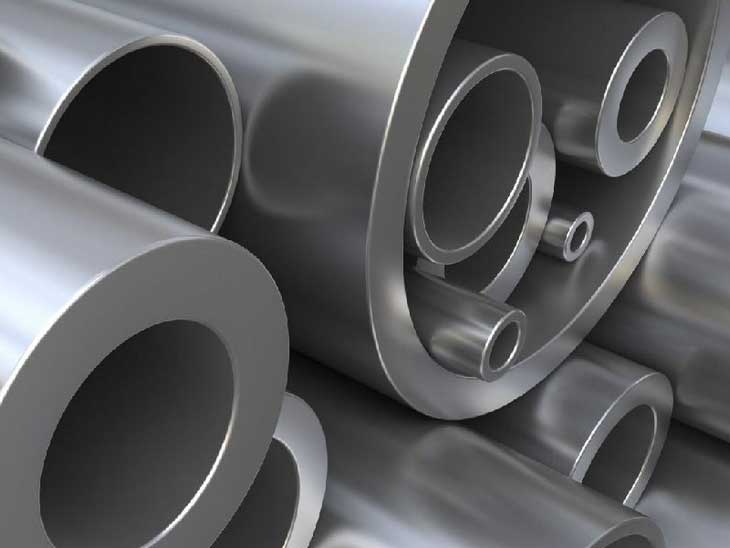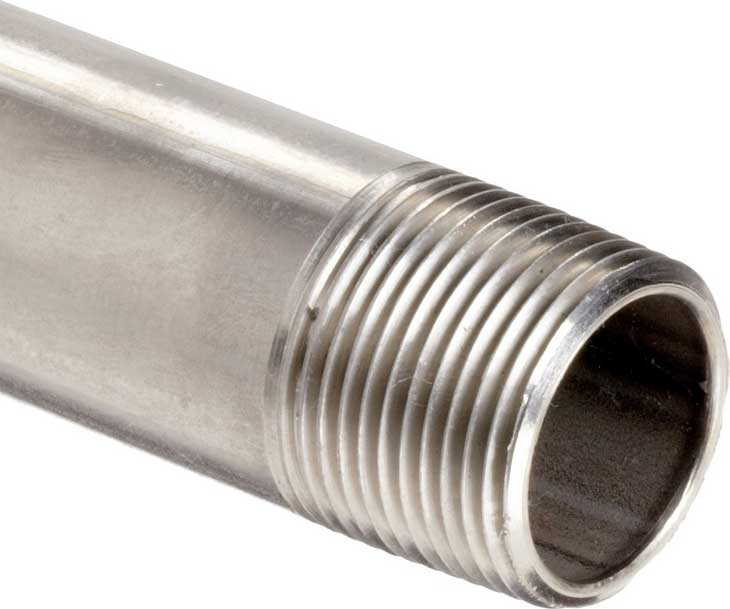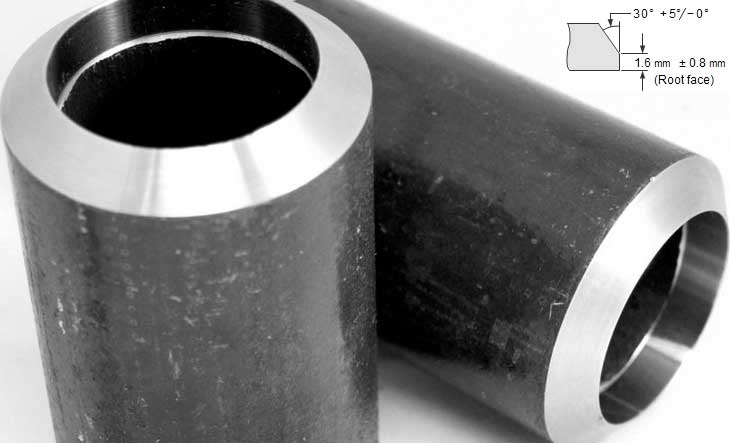Types of Steel Pipes
Pipe manufacturing refers to how the individual pieces of pipe are made in a pipe mill; it does not refer to how the pieces are connected in the field to form a continuous pipeline. Each piece of pipe produced by a pipe mill is called a joint or a length (regardless of its measured length).
In some cases, pipe is shipped to the pipeline construction site as "double joints", where two pieces of pipe are pre-welded together to save time. Most of the pipe used for oil and gas pipelines is seamless or longitudinally welded, although spirally welded pipe is common for larger diameters.
Steel pipes are usually divided into 3 groups..
- Seamless Pipes
- Longitudinally Welded Pipes
- Spiral Welded Pipes
Seamless pipes are formed from solid steel in sheet or rod form into a solid round shape, known as 'billets', which are then heated and cast over a mold, such as a piercing rod, to create a hollow pipe or shell.
Longitudinally welded pipes are welded along the length of the pipe and can be produced in two ways. Both forms of production offer their own advantages.
Spiral welded pipe is an alternative process, spiral weld construction allows large diameter pipe to be produced from narrower plates or skelp. The defects that occur in spiral welded pipe are mainly those associated with the SAW weld, and are similar in nature to those for longitudinally welded SAW pipe.
Length of Pipes
Piping lengths from the factory not exactly cut to length but are normally delivered as..
- Single random length has a length of around 4.8-7 meter
- Double random length has a length of around 11-13 meter
Shorter and longer lengths are available, but for a calculation, it is wise, to use this standard lengths; other sizes are probably more expensive.
Ends of Pipes
For the ends of pipes are 3 standard versions available.
- Plain Ends (PE)
- Threaded Ends (TE)
- Beveled Ends (BE)
The PE pipes will generally be used for the smaller diameters pipe systems and in combination with Slip On flanges and Socket Weld fittings and flanges.

The TE implementation speaks for itself, this performance will generally used for small diameters pipe systems, and the connections will be made with threaded flanges and threaded fittings.

The BE implementation is applied to all diameters of buttweld flanges or buttweld fittings, and will be directly welded (with a small gap 3-4 mm) to each other or to the pipe. Ends are mostly be beveled to angle 30° (+ 5° / -0°) with a root face of 1.6 mm (± 0.8 mm).
